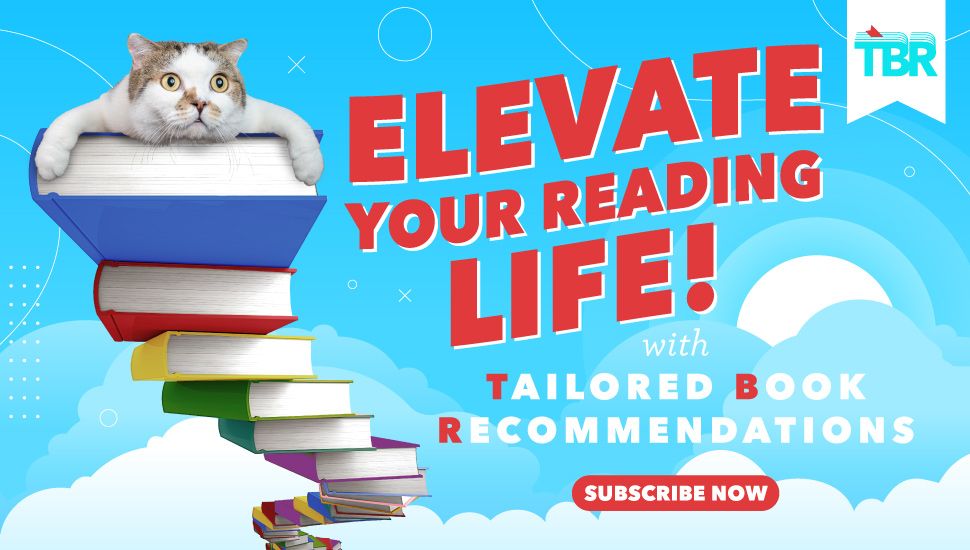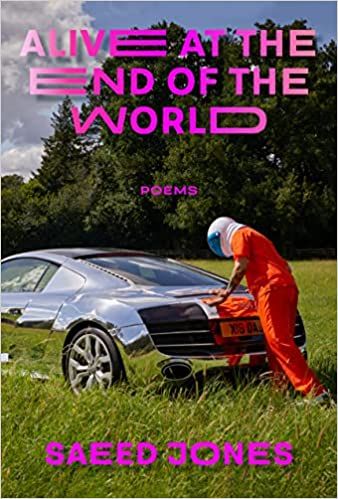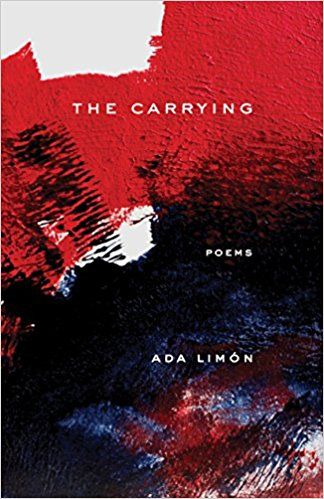
In Appreciation Of The “Notes” Section In Poetry Collections
My love and I fly above the clouds to Chicago in a TV-less plane. With Alive at the End of the World and Crying in the Bathroom in my purse, I remain unaffected. Because I start my days with poetry, I begin the much-anticipated sophomore collection from Saeed Jones. “That’s Not Snow, It’s Ash” makes me linger in its hauntingly intimate world. 71 words and I am changed. A lover of back matter in books, I turn to the final pages, searching for endnotes.
To my glee, Jones included a “Notes” section, titled “Notes at the End of the World.” I read the entry for “That’s Not Snow, It’s Ash” then flip back to revisit the poem. Reading along on my left, my beloved asks if poets always compose endnotes. Some do, I say. That’s cool, my dearest says, and I couldn’t agree more. Jones calls this poem that I can’t get over the “quiet, bewildered heart of the book.” What a generous detail, and I’m in awe and grateful the words exist there for readers like me to turn to.
In the Notes section, sometimes entries sound like poems. Sometimes they sound like essays. Sometimes they sound like brain-wrinkling facts. Notes can divulge a wide range of insights and elaborations. Just a selection of examples I’ve encountered consist of where the poem was written; who the poem was after or for; artwork, books, films, and songs that influenced the piece; historical background; translations of language; epigraph attributions; credits to other authors and works for borrowed lines and titles or for calling forth lines and titles; contextual information; and explanations surrounding received and nonce forms. Infinite possibilities, really.
At the moment, five new-to-me collections await my eyes on Blue, the cerulean side table in my reading nook. The stack includes Rio Cortez’s Golden Ax and — because I loved Erika L. Sánchez’s debut memoir, and young adult novel, so much — Lessons on Expulsion. Four of the five books contain Notes.
A nerdy Virgo, I adore a long Notes section. Joy Harjo’s How We Became Human stands out to me. The endnotes span 35 pages. In my cherished copy, the Notes alone house eight dog-eared pages and 26 hearted sentences and passages along with check marks and exclamation points. Apparently, hearts, my go-to marginalia, weren’t enough.
One of my favorite entries, which sporadically arises in my brain, is from Ordinary Beast. About the opening poem, “Medical History,” Nicole Sealey writes: “Though the last line of the poem suggests otherwise, the stars in the sky are most likely not dead. The distance between the stars and us is so great that we can only see the brightest stars, which is to say the most alive.” What a lesson this poses for poets. What’s right for a poem might not be right in the universe, but what can’t you do in a poem?
As you know or can imagine, there is much to glean from Notes, like the who and who of literary friendships. From Postcolonial Love Poem’s endnotes I learned that Natalie Diaz and Ada Limón corresponded in 2018, penning “letter-poems” to each other. Three appear in Diaz’s second collection. Loving the intimacy of these pieces, especially the obsessively sticky-flagged “From the Desire Field,” led me to, along with admiring Bright Dead Things, The Carrying and Limón’s four “letter-poems.” Look at the last stanza of the first, “Cargo”: “All the world is moving, even sand from one shore to another / is being shuttled. I live my life half afraid, and half shouting / at the trains when they thunder by. This letter to you is both.”
Occasionally, the Notes section offers a behind-the-scenes peek into the life of a writer. Publication takes time, and many readers only witness the final product. Discovering how pieces began feeds my writerly curiosity. The Notes for Girls That Never Die taught me that, in August of 2020, Safia Elhillo and Hala Alyan, author of, most recently, The Arsonists’ City, wrote 30 poems in 30 days. Eight “30/30” poems appear in Elhillo’s most recent collection.
These connections don’t always have to be with someone who emails you back. In the endnotes of Obit, Victoria Chang shares that, while writing the collection, she “plucked out occasional words to spark my imagination” from The Waves by Virginia Woolf. In the Notes for Hard Damage, Aria Aber, about “Stone,” states: “Thank you to Sylvia Plath, eternal goddess to whom I am indebted for this poem and all my poems.” With my book opened to “Stone,” I reference Plath’s The Collected Poems to observe the shapes, line lengths, diction, and I ponder my personal goddesses.
For me, the Notes section has been an independent study in poetry, one of the many readerly joys of my bookish days. If you’re not already a Notes enthusiast, I hope this inspires you to scour the final pages of your poetry books. May they move you to find a poetic pen pal or draft a poem a day or pull a formative collection down from your bookshelves.







